
Bean Plants: Growing Instructions for Deliciously Fresh Beans
Published: 11/12/2023 | Updated: 12/12/2023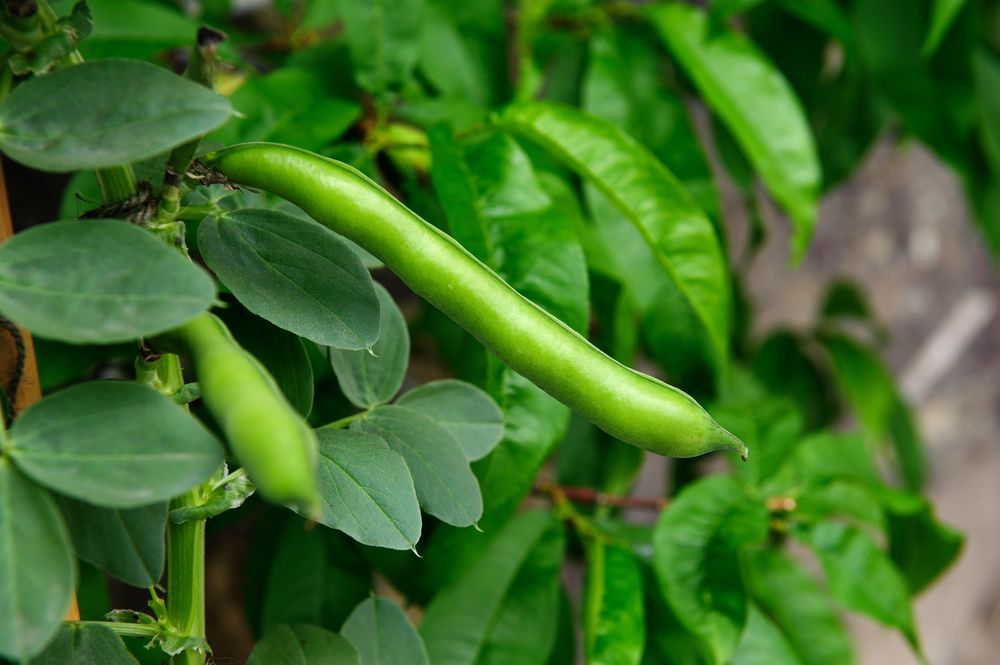


Beans are one of the most versatile and nutritious plants you can grow in your garden.
They're easy to grow, they're very hardy, and they produce crops all summer long! Beans are also a good source of protein and fiber!
In this guide, we will show you everything there is to know about growing bean plants & the different varieties you can grow.
Growing Beans
Growing beans is easy, and they're one of the first things you should plant in your garden.
They grow quickly, produce a lot of beans at once (which can be frozen or canned), and are very hardy plants that will survive even if you forget about them for a few weeks!
Beans can also be planted throughout the growing season; some varieties will even produce more than once during the summer months.
They are a great choice for people who live in urban areas or don't have access to a large yard. They can be grown on patios, balconies, and even window boxes!
Beans are a good choice for people who want to eat healthier. They're high in fiber, protein, and vitamins A and C. They also contain many antioxidants that help fight cancer and reduce inflammation in the body.
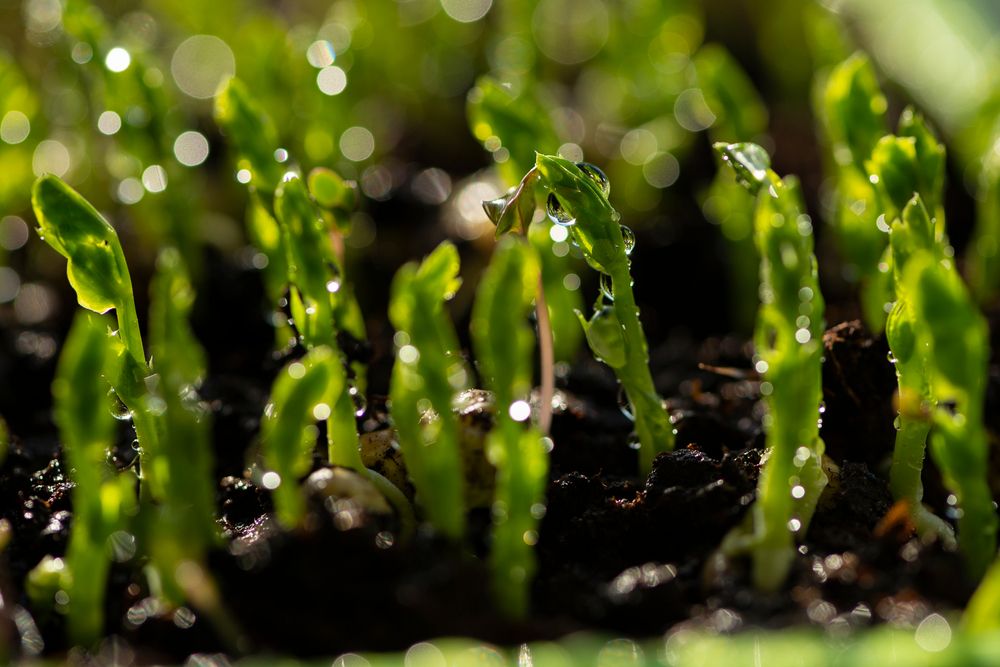
Planting & Caring For Bean Plants
Bean plants are easy to care for. They don't require much water or fertilizer, and they grow well in a variety of soils.
They can be planted directly into the ground as soon as the soil warms up in spring.
In cooler climates where summers are short, you may want to start your bean plants indoors in early spring and transplant them outdoors when it's warm enough outside (usually after all danger of frost has passed).
The pH of the soil should be between 6 and 8, but it will depend on the type of bean plant you're growing. Soil that's too acidic or alkaline can cause problems for your plants.
Beans grow best in full sun, but they can also be grown in partial shade. They need at least 6 hours of sun each day to produce the best yields.
Types of Beans
There are two main types of beans: pole beans and bush beans.
Pole beans, also known as runner beans, are a type of bean plant that requires a strong support system to grow properly.
They are best for growing in containers and should be planted in warmer climates (like California or Florida).
Pole beans will grow well during the summer months, but a string of pole beans can also be grown in the fall if you live in an area where temperatures don't get too cold.
Pole beans grow on vines that can reach up to 10 feet long, so they need a trellis or other support structure to climb on.
Bush beans grow into compact bushes and are easier to grow in small spaces.
Bush beans are the easiest to grow and most widely available. They're also great for container gardening since they grow quickly and can be harvested young or allowed to mature.
Bush beans are best suited for cool weather, so they're not as well-suited to harvesting green beans for southern regions with hot weather and long growing seasons.
Here are some of the bean varieties that you can grow and enjoy:
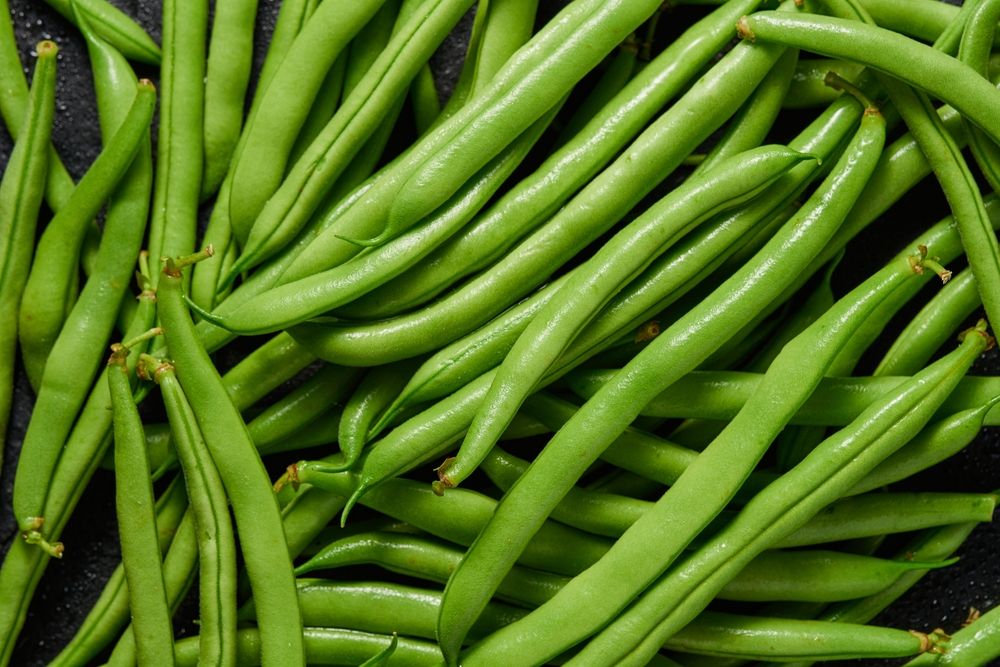
1. Green Beans
Green beans are a common vegetable, and they're also the immature seeds and pods of the bean plant. They can be eaten raw or cooked.
Green beans are high in vitamins A and C, iron, calcium, and potassium.
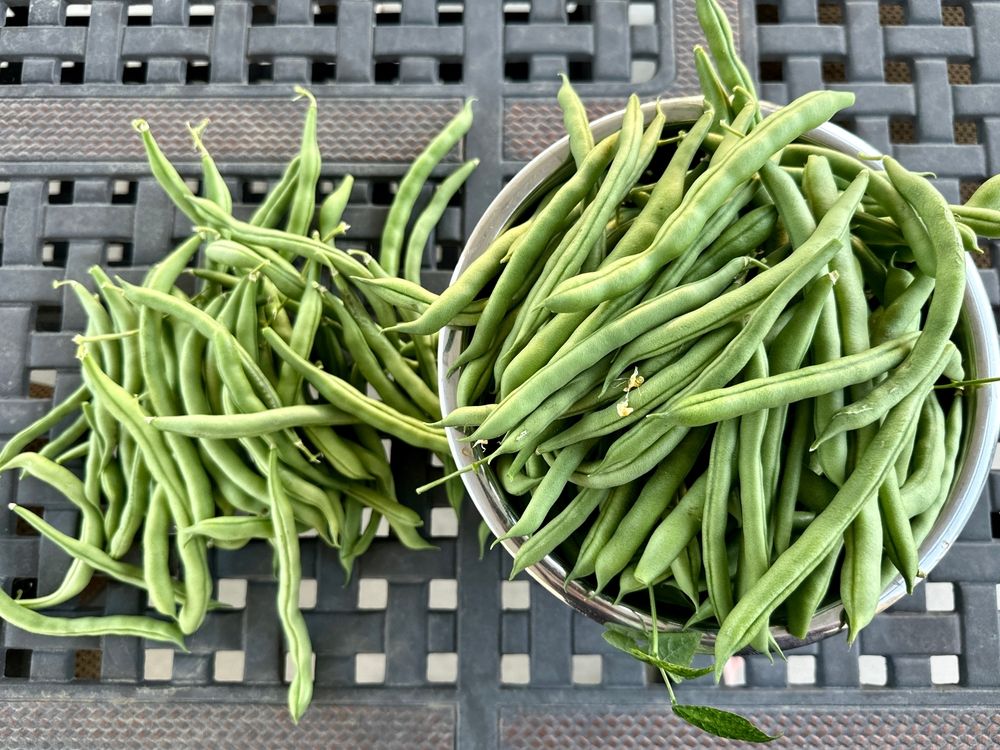
2. Blue Lake Pole Beans
These blue-green beans have a mild flavor that's good in stews and soups. They do not produce pods as large as the growing pole bean varieties do, but they still taste great!
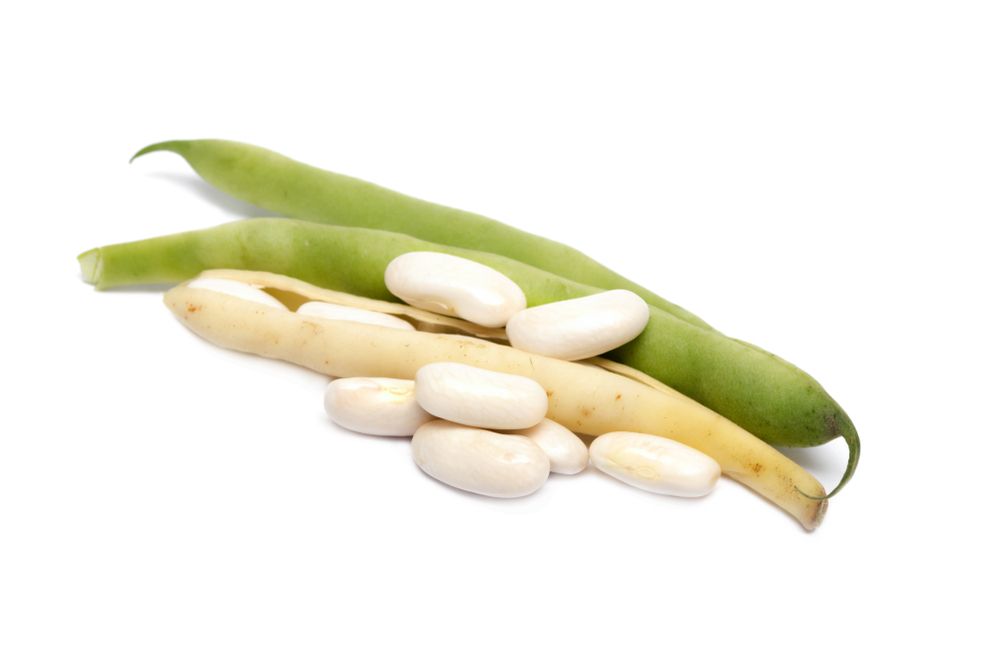
3. Cannellini (White Kidney Bean)
This white bean has a delicate flavor similar to garbanzo beans or pinto beans when cooked; however, the plant is smaller than both of those varieties, so you can be planted in a smaller space.
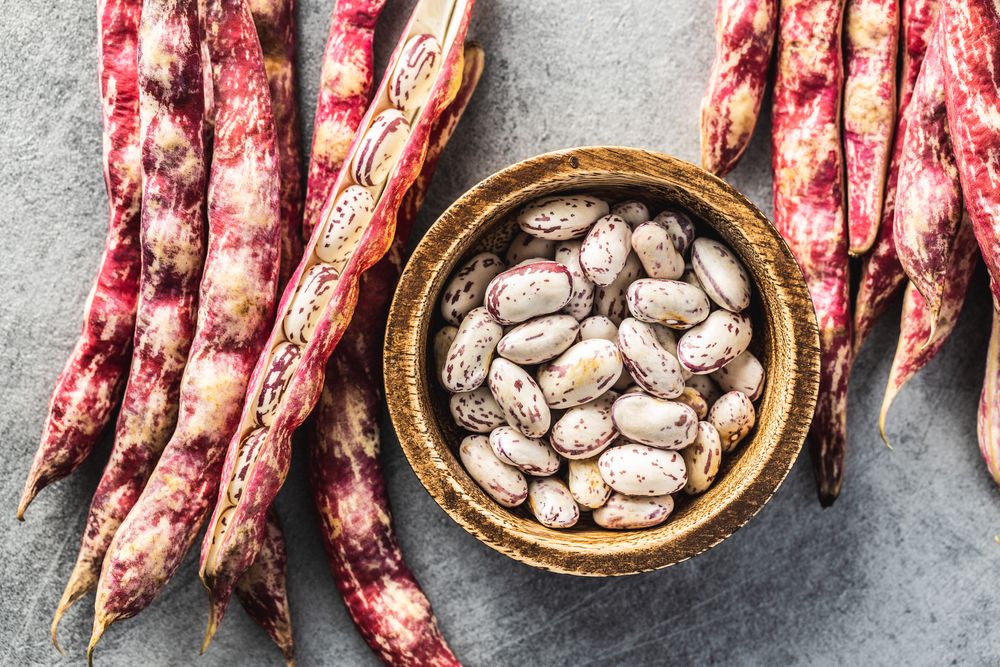
4. Dragon Tongue Beans
These light green to purple pods of navy beans contain small white seeds that look like dragon tongues when cooked! Try them with rice dishes or Italian pasta sauces for extra pizzazz!
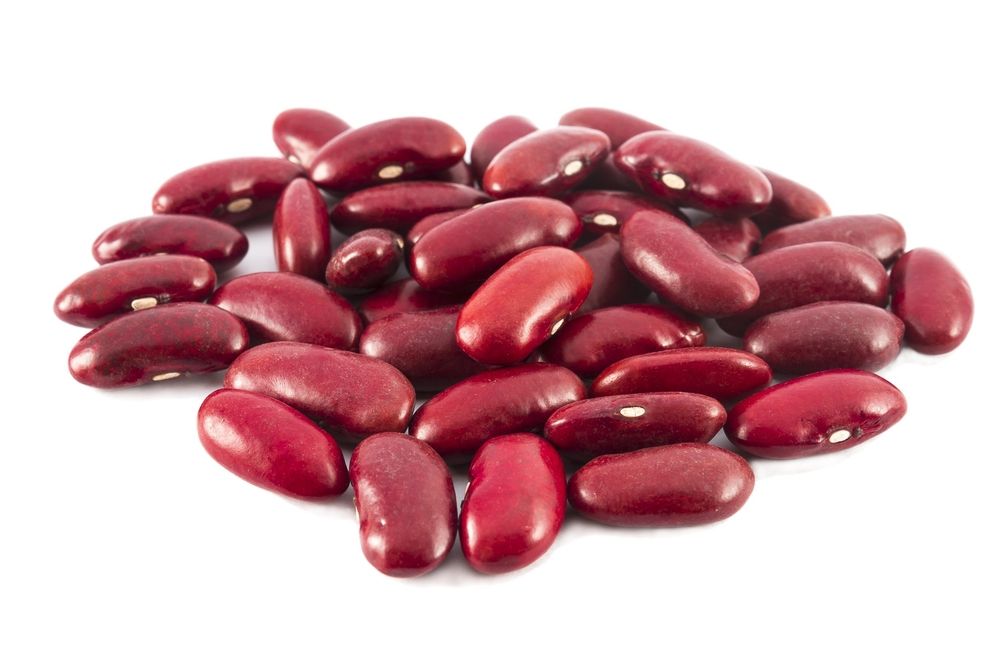
5. Kidney Beans
Kidney beans are a type of bean that has been popular for centuries. These beans are high in protein, iron, and folate, which are nutrients that help you to stay healthy.
They also contain a lot of fiber which can help you feel full for longer periods.
Kidney beans can be cooked in many different ways such as baked with cheese or chili sauce added on top.
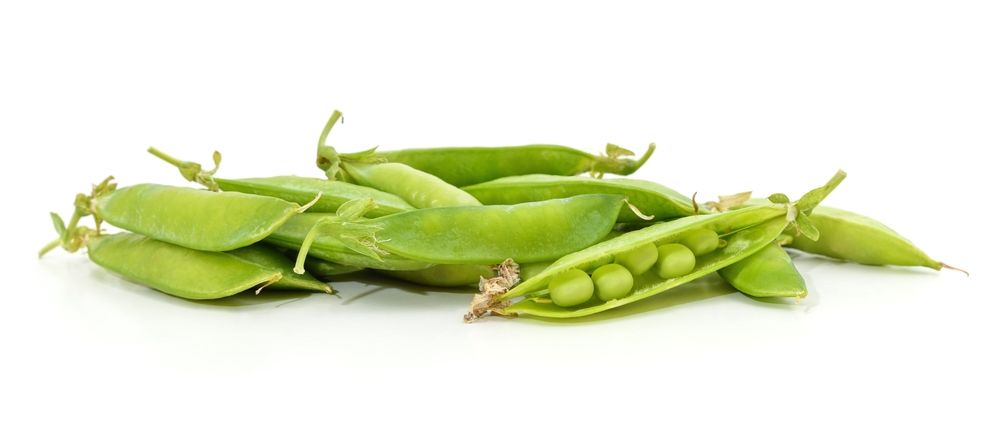
6. Snap Beans
Snap beans are a type of green bean that is usually eaten fresh and picked before the pods produce fully mature seeds.
They're often eaten raw or cooked, but they can also be enjoyed whole or shelled.
Many people prefer to eat snap beans raw, especially if you have an abundance of them in your garden!
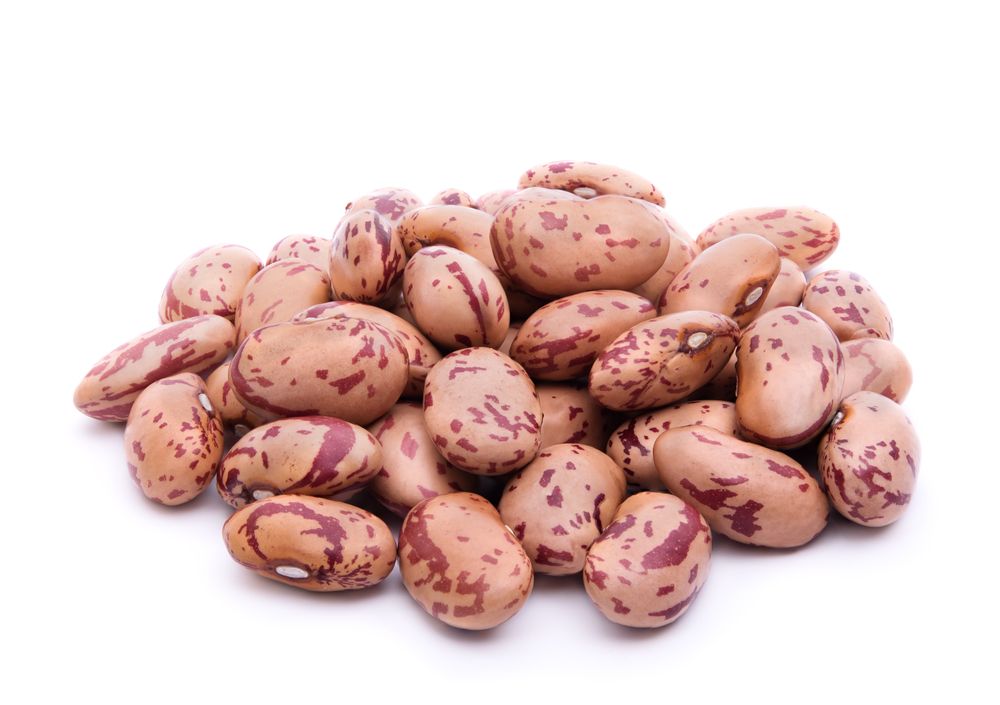
7. Pinto Beans
Pinto beans are a popular legume that is often used in Mexican and Southern American cooking.
They have a mild flavor and can be prepared with a variety of ingredients to create delicious dishes such as chili, tacos, burritos, and more!
Pinto beans are also highly nutritious and contain essential vitamins & minerals (such as folate) that our bodies need for healthy living.
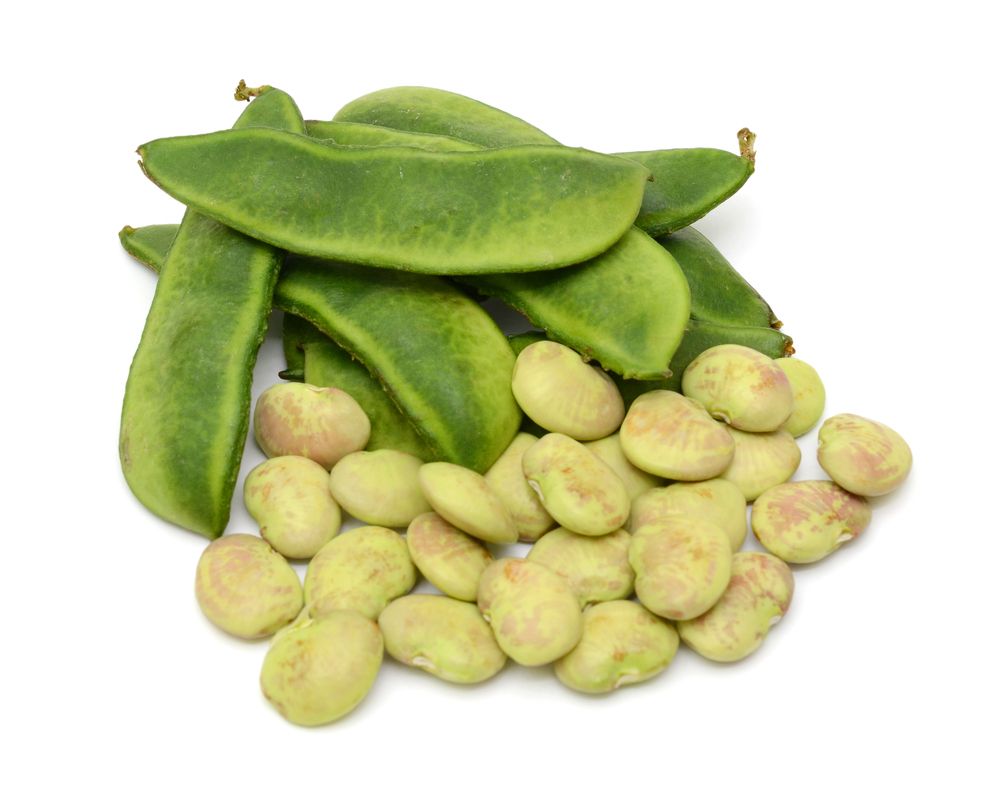
8. Lima beans
Lima beans are a type of bean that can be eaten fresh or dried. They're also called butter beans because they have a creamy texture when cooked.
The pods are edible and taste similar to green beans, but they're larger and thicker than regular green bean pods.
The seeds inside the edible pods are white with brown stripes, which makes them look like lima beans (hence their name asparagus beans).
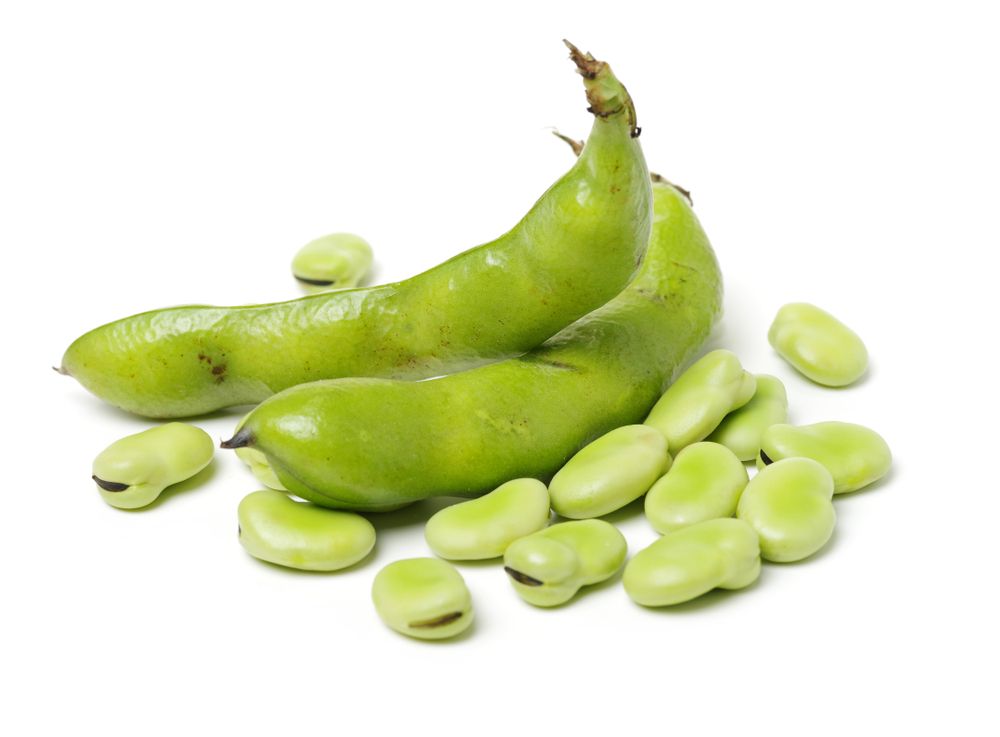
9. Fava beans
Fava beans are a good source of protein and fiber, which makes them an excellent choice for people who are looking to add more plant-based foods to their diet during the growing season.
They're also easy to grow at home, so if you want to try growing your fava beans this year, here's what you need to know:
-
Favas are known as broad beans in America but they're typically called "fava" by those growing them in other countries like Italy or India (where they're often used in traditional recipes).
-
Fava plants produce delicious pods full of tender yellowish-green peas that can be eaten whole or mashed up into sauces or stews.
-
They have an earthy taste similar to lima beans but with a sweeter finish.
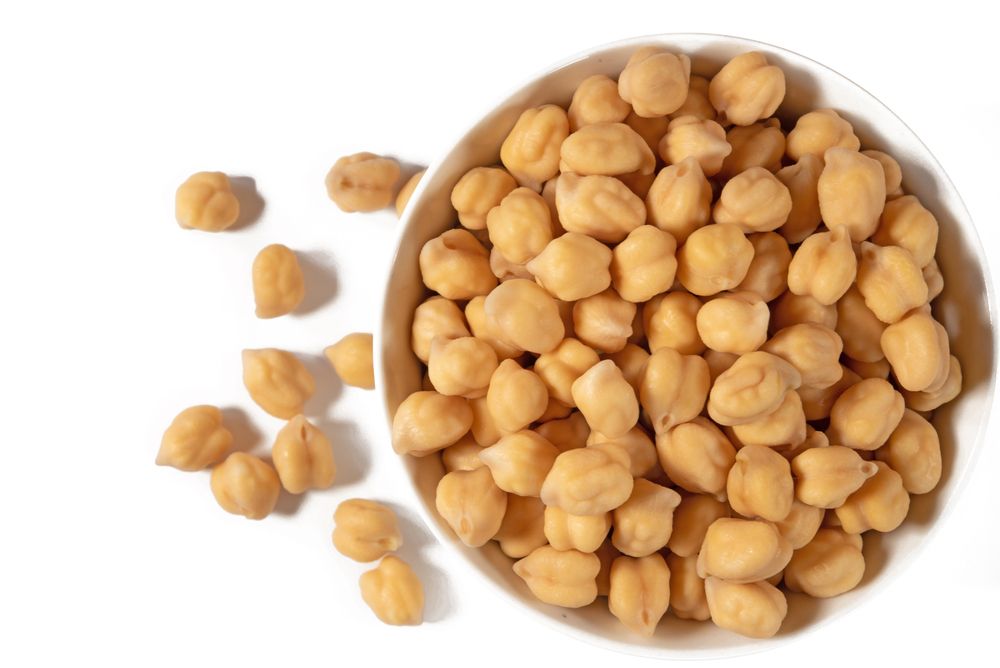
10. Dry beans
Dry beans are a staple food in many parts of the world. They can be used in recipes, stored for long periods, and grown at home with ease.
Dry bean plants grow quickly and produce large amounts of beans that store well for up to one year--making them a great option if you want to save money on groceries or have an emergency supply of edible beans at hand.
Dry bean plants are also easy to grow indoors or out; they require little maintenance once established!
Common Pests
Mexican bean beetles are the most common bean pest in the United States. These beetles are about 1/4 inch long and yellow with black spots on their backs.
They lay eggs in the soil, which hatch into larvae that feed on root hairs growing beans and plant seeds, causing plants to wilt and die.
Mexican bean beetles are active from spring through early summer, so once you see them on your plants you should act quickly to stop them from doing more damage!
You can control Mexican bean beetles by handpicking them off of plants or spraying insecticides such as neem oil or pyrethrin onto leaves (you'll need to repeat this process every 7-14 days).
Another option is to grow resistant varieties of bean plants like Black Turtle Beans or Scarlet Runner Beans.
These varieties have developed resistance against many types of pests over time.
Start Your Bean Garden Today!
Beans are a good source of protein and fiber, and they're easy to grow at home.
Beans can be grown in containers or on the ground, and they produce flowers that attract bees and other pollinators.
They also make excellent companion plants because they repel certain pests while attracting others away from other plants nearby.
Finally, don't forget to visit shrubhub.com for more guides from our plant experts! You can also order your online landscaping design today at a 70% discount!


